In the lost treasures of Virginia, we will be exploring 11 hidden treasures that are in the Old Dominion State of Virginia. Virginia has a plethora of interesting history that dates back centuries. Many important battles were fought here during the Revolutionary and Civil Wars making Virginia riff in buried treasure legends. Metal detecting in Virginia can be fun and lucrative if you find one of these lost treasures.
You will learn of buried pirate treasure, lost shipwreck treasure, buried Civil War and Revolutionary War treasure, and more. So if you are ready for a blast from Virginia’s rich history past then I implore you to read on and discover what is lost and buried in and around the great state of Virginia!
11 Lost Treasures of Virginia
| TREASURE | AMOUNT | LOCATION |
|---|---|---|
| Pirate William Kirks Buried Booty | $60,000 worth of gold and silver coins | Snow Hill Farm is close to the town of Baltimore, Virginia in Fauquier County! |
| Gray Ghost Treasure | $350,000 in gold, silver, and jewelry | Between Norman and Culpeper Virginia |
| Carter’s Grove Plantation Treasure | Unknown | Carter’s Grove Plantation six miles southeast of Williamsburg, Virginia. |
| Boswell Tavern Treasure | Unknown | Boswell Tavern lies on the South Anna River in Louisa County Virginia near Gordonsville, Virginia. |
| Hidden Beale Treasure | $93 million in gold, silver, and jewels | On the land where Johnson’s Orchard and Peaks of Otter Winery now sits in Bedford County VA. |
| Abraham Smith’s Buried Treasure | $60,000 in gold coins | In an old saltpeter mine in Poor Valley between Allison’s Gap and Saltville Virginia. |
| The Confederate Treasury of Richmond Buried on The James River | $3 million in gold, silver plate, and jewelry | Two miles south of Richmond along the banks of the James River. |
| Lost Treasure on the McIntosh Farm | $4 million in gold coins and bullion | McIntosh Farm is located just off of Route 11 near Lynchburg, VA. |
| Lost Brazillion Gold of the Dutch Schooner Edewijk | $1 million of pure Brazilian gold | At the bottom of the ocean somewhere between Norfolk Virginia and Cape Hatteras North Carolina. |
| Lost California Gold on Assateague Island | An unknown amount of gold nuggets and ingots | Off the shore of Assateague Island |
| Pirate Charles Wilson’s Buried Treasure Chests | 200,000 pounds sterling of diamonds, gold and silver bars, gold and silver coins, and jewels. | Assateague Island |
Pirate William Kirks Buried Booty
William Kirk was a Scottish pirate during the mid-1700s who immigrated to America and would stay on his 386-acre farm known as Snow Hill Farm near New Baltimore, Virginia. The people of the area believed William Kirk was a pirate because he was very secretive and kept to himself on his farm.
Legend has it that Kirk buried $60,000 worth of gold and silver coins somewhere on his massive farm. Kirk died in 1779 or 1780 before he could tell anyone where his treasure was buried.
According to a newspaper article written in the Richmond Enquirer dated September 29, 1835, a man found a few hundred dollars worth of gold coins on a farm in Fauquier County. Could this be on Snow Hill Farm? The article doesn’t go on in detail but one would assume this is part of William Kirks’ buried booty.
Another story states that about a hundred years after Kirk died a worker on the farm plowed up a clay pot that contained English Guineas and pieces of eight. He claimed he only found a few coins but soon after he bought some land that was close to Snow Hill farm and paid $8000 in cash. Which makes one believe he probably found more than just a few coins.
Even if it was $8000 he found there would still be more to be found on Snow Hill Farm close to the town of Baltimore Virginia in Fauquier County!
Gray Ghost Treasure
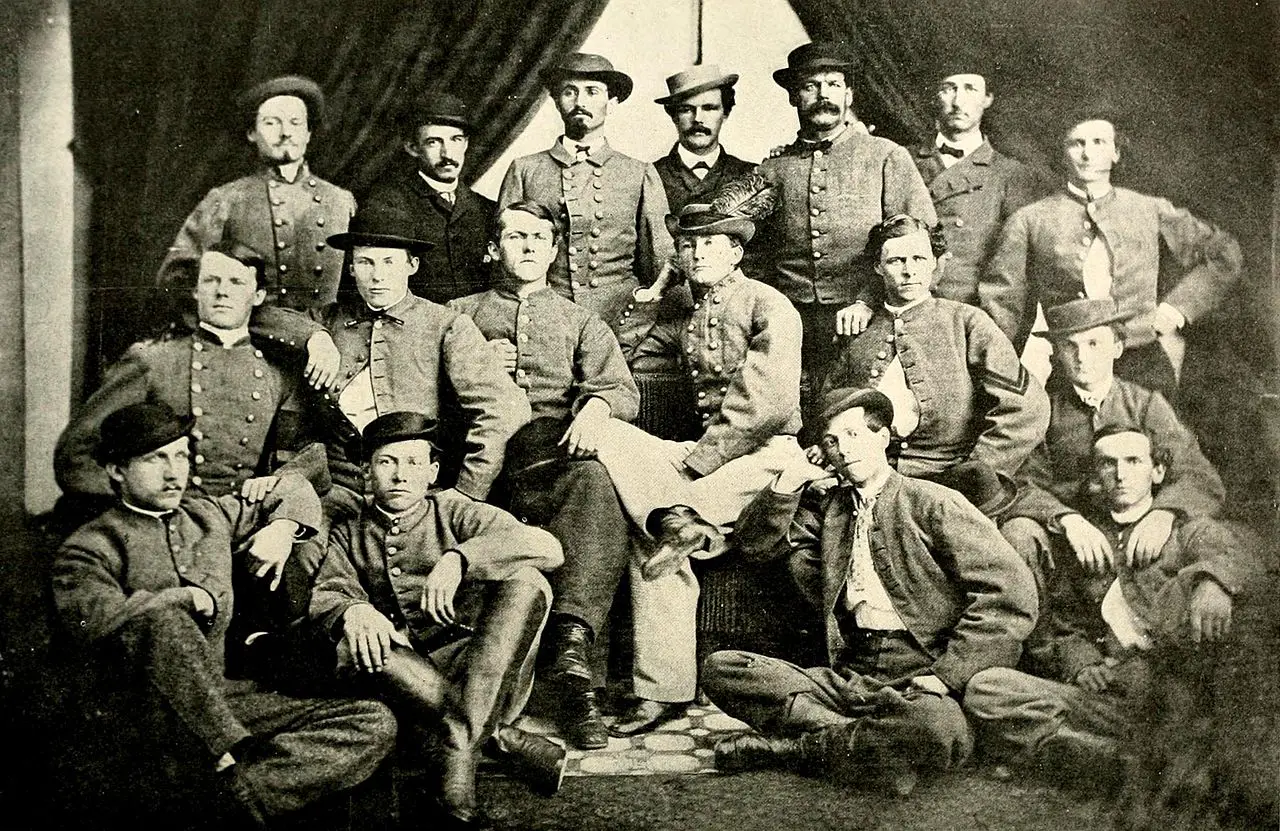
During the Civil War, there were Confederate troops that operated as partisan Rangers who would raid and loot Union-held towns. This is a story of one of the most famous of the partisan Rangers John Mosby’s “The Gray Ghostâ€. Mosby was the commander of the 43rd Battalion Virginia Calvery.
Mosby along with his unit that became known as the Mosby Rangers would do quick raids on towns and elude Union forces by blending in with the citizens of the towns. They would slip behind enemy lines and capture soldiers and supplies before they knew what hit them. This is how he became known as the Gray Ghost.
On March 9, 1863, the Mosby Rangers were able to slip undetected into Fairfax, Virginia a town held by the Union. To give you a perspective of how sneaky the Rangers were the town of Fairfax was 10 miles into Union-held territory. They would slip past guard posts and cut telegraph lines on their way to Fairfax.
They arrived at Fairfax at about 2 am. Without firing a shot the Rangers took guards hostage and even Mosby entered the bedroom of General H. Stoughton woke him up and made him come out to the town square where there were 32 more prisoners waiting and 58 stolen horses.
Treasure Confiscated
By the end of the raid, Mosby and his men had successfully taken over $350,000 in gold, silver, and jewelry from the town of Fairfax. The raid only took about an hour and a half and the Rangers rode out of town with the treasures.
With Union forces hot on their trail Mosby and one of his sergeants stayed back as the rest of the men moved forward. They buried the treasure that they had captured between two pine trees that Mosby is said to have marked with an X. Mosby and his sergeant made it back safely behind Confederate Lines.
Surprisingly Mosby went on to serve as U.S. Consulate to Hong Kong in Ulysses S. Grants administration. As far as we know he never returned for the buried treasure. Before Mosby died on May 30, 1916, he is reported to have said that “there was a lot of valuable stuff waiting in the Virginia Countryside somewhere and he wished he had gotten to it”.
There was a report that the sergeant that buried the treasure with Mosby and some other soldiers went back to reclaim the treasure but they were caught by Union forces and were hanged before they reached the spot where the treasure was buried.
People believe the treasure is buried somewhere between Norman and Culpeper Virginia but as of yet, it hasn’t been found.
Carter’s Grove Plantation Treasure
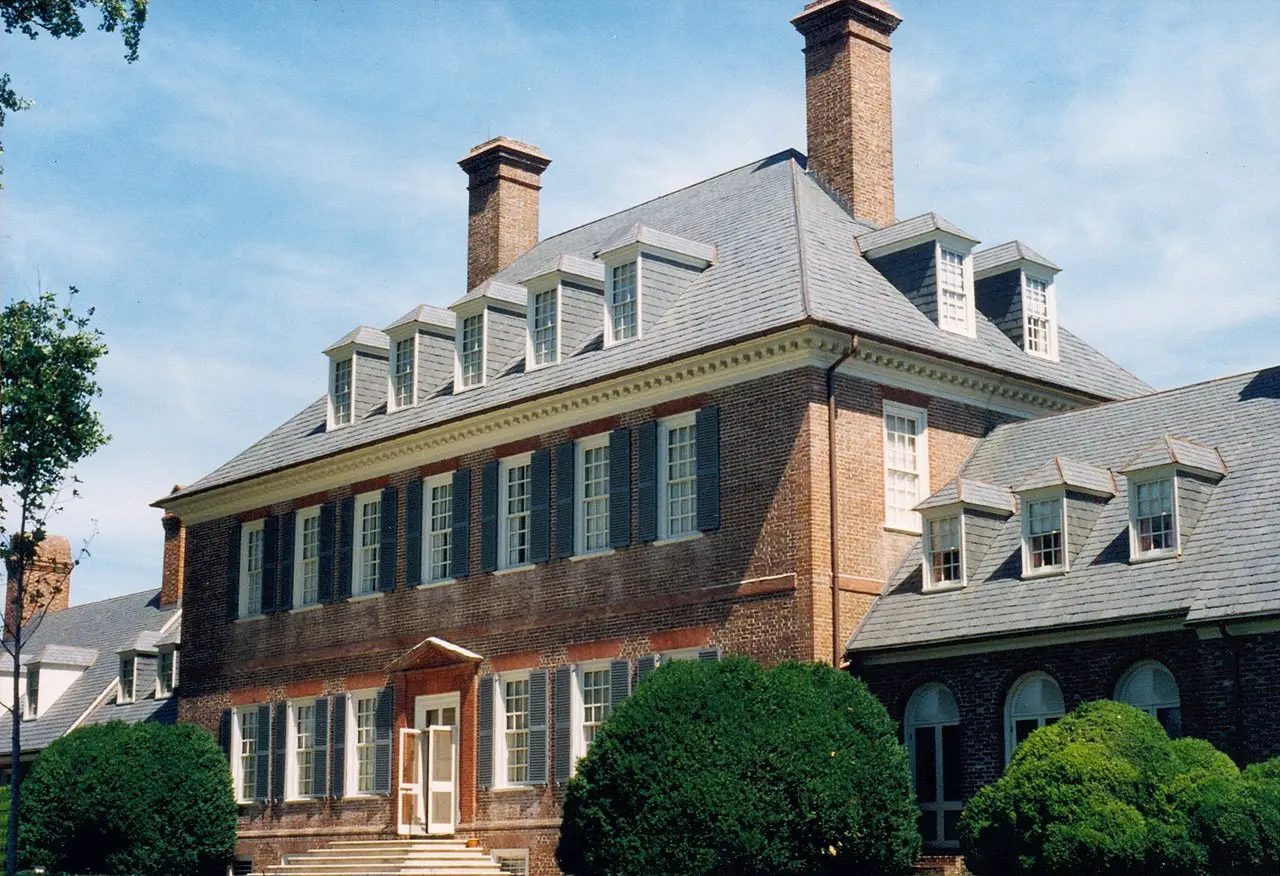
Carter’s Grove Plantation lies on 750 acres about six miles southeast of Williamsburg Virginia. This plot of land was once known as Martins Hundred or Merchants Hundred according to the historical last will and testaments of its previous owners and an early colonial village called Wolstenholm Towne was part of this land in 1620. The residents of the village were all massacred in what is called the Indian Massacre of 1622.
According to rumors, a few treasures were buried on the plantation’s property during the Civil War. Carter’s Grove Plantation is now owned by Samuel M. Mencoff founder of the private equity firm Madison Dearborn Partners. So any digging or metal detecting is probably off-limits but you can always ask permission.
Boswell Tavern Treasure
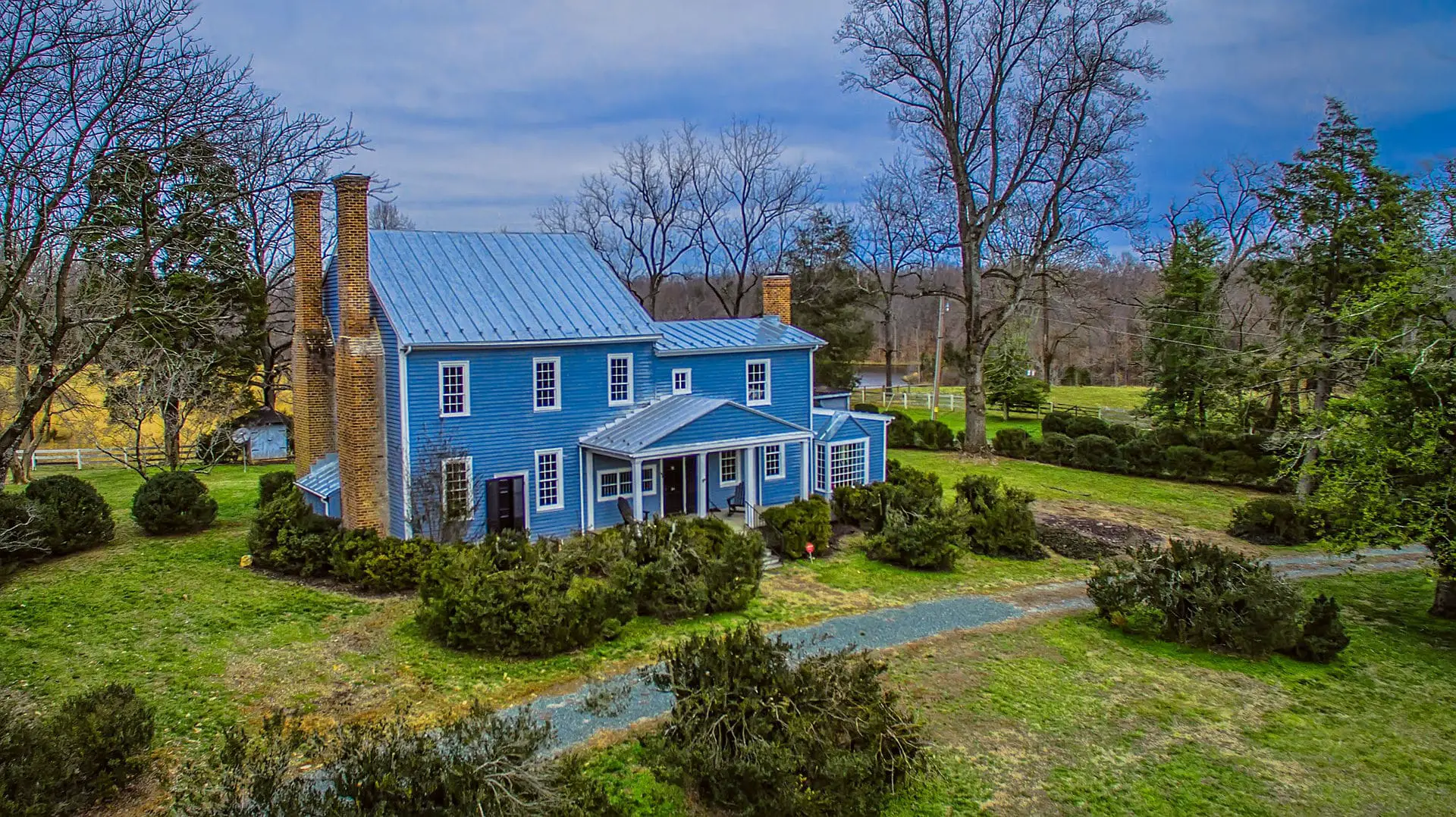
Boswell Tavern was built in 1735 by Nicholas Johnson. The tavern lies on the South Anna River in Louisa County Virginia. This tavern got its name from John Boswell who was the brother-in-law of Nicholas Johnson when he purchased the tavern in 1761.
This historic tavern has its share of history surrounding it. In 1781 Marquis de Lafayette a French commander for American troops during the Revolutionary war had his headquarters at this tavern.
James Madison, Thomas Jefferson, and Patrick Henry used the Boswell Tavern during the Revolutionary War as a meeting place for the Virginia Legislature. British Colonel Banastre Tarleton captured some colonial troops here in March of 1781 in an attempt to kidnap Thomas Jefferson which failed.
So suffice it to say many important historical events took place in and around Boswells Tavern during the Revolutionary War. And so it’s no wonder that rumors have it that treasure was buried near this historic tavern during the days of the Revolution. No treasure has ever been found and I couldn’t find any specifics of what kind of treasure or who may have placed it there.
The Boswell Tavern was placed on the National Register of Historic Places on November 25, 1969, and sits in Green Spring National Historic Landmark District near Gordonsville, Virginia. The property is now privately owned so you will need to ask permission if you plan on doing any treasure hunting here.
Hidden Beale Treasure
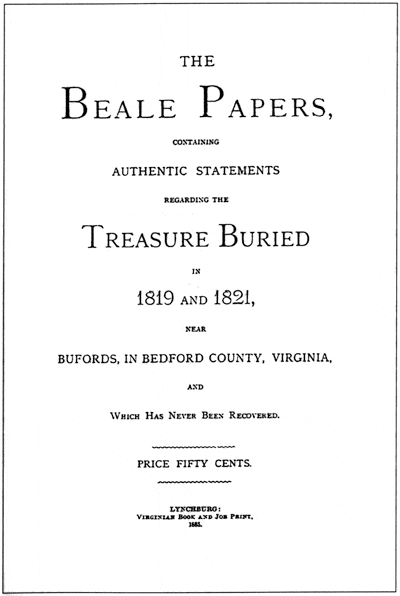
Supposedly there is a treasure worth about $93 million in gold, silver, and jewels buried in iron chests on the land where Johnson’s Orchard and Peaks of Otter Winery now sits. According to the story, a man named Thomas Jefferson Beales and 30 other men struck it rich in Santa Fe, New Mexico when they discovered a huge amount of gold and silver ore there.
The story goes on to say that Beale buried the treasure between 1819 and 1821 in what some think is Johnson’s Orchard and Peaks of Otter Winery in Bedford County Virginia. Legend has it that after burying the treasure Beale and his men decided to go on another quest for riches but before they left they sent 3 coded messages in a locked box to Buford Tavern owner in Montvale, VA named Robert Morriss. Supposedly these three codes would unlock the whereabouts of the buried treasure.
The Beale Ciphers
Beale had told Morriss that he would send a key by mail that would decipher the codes if 10 years had passed without him hearing from Beale and his men. Those 10 years came and went and Morriss never heard from Beale of the other men again and he never received the key. After 23 years had passed Morriss finally opened the lockbox that contained the codes.
A few decades later Morriss gave the codes to a friend of his who tried for years to decipher the codes he was able to decipher the first one which gave what the treasure consisted of and a general location of the buried treasure. A man by the name of J.B. Ward then published the codes in a manuscript in 1885 called The Beale Papers which he advertised for sale.
Many believe this was just a made-up scam to sell the book but many people have tried and failed over the years to decipher the last two codes. One man even believed he deciphered the code and that it’s in a Mansion in Philadelphia. The story of the Beale Ciphers is probably just a myth but it is an interesting one at that. But I could be wrong. Anyway, the Beale Treasure has never been found and could be buried somewhere in a Winery in Bedford County Virginia!
Abraham Smith’s Buried Treasure
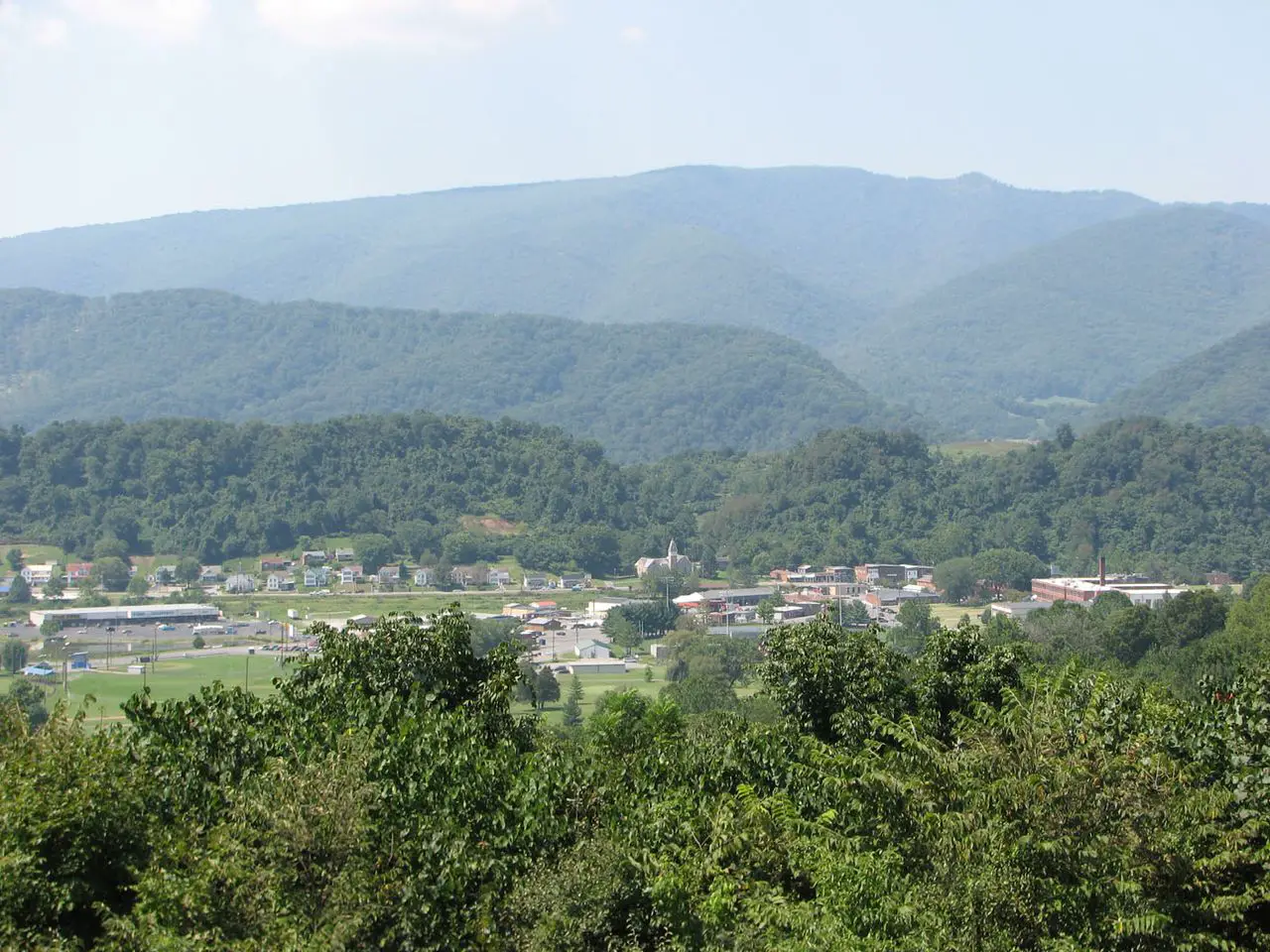
Abraham Smith was a wealthy plantation owner during the Civil War in Virginia. Smith along with his sons decided to bury his wealth which consisted of $60,000 in gold coins in an old saltpeter mine in Poor Valley between Allison’s Gap and Saltville Virginia. He was worried that Union troops in the area would steal his gold.
This area of Virginia supplied the south with much of the salt that was needed so it was an important area that the Union would have attacked to stop the supply of salt. So a southern man in those days would be right that his wealth could be in jeopardy if the Union troops came about.
For some unknown reason, Smith or his sons never returned to reclaim the treasure and it’s supposedly still waiting in one of the old abandoned salt well mines in the Poor Valley of Virginia! What a find that would be!
The Confederate Treasury of Richmond Buried on The James River
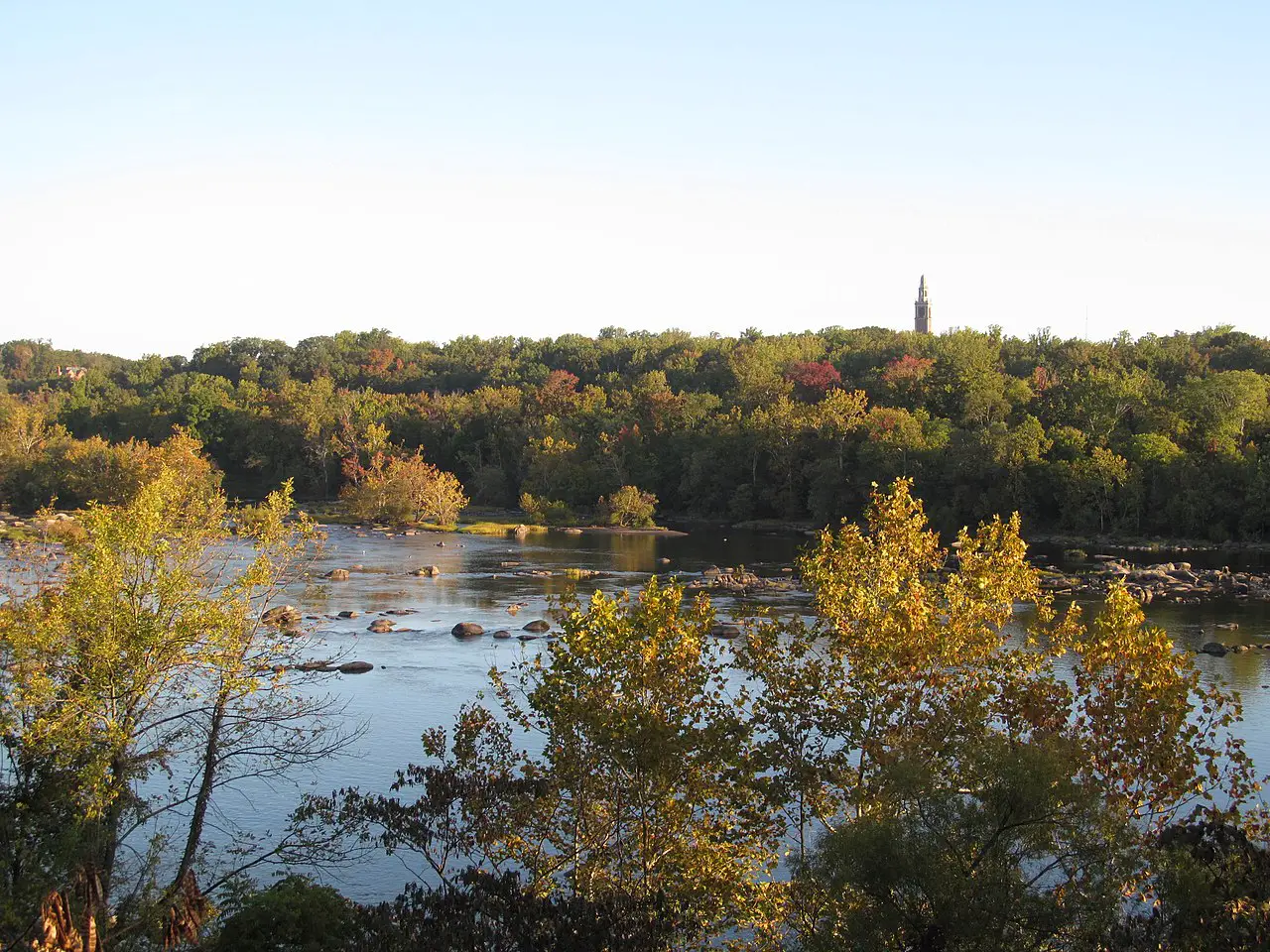
This story takes place during the Civil War when thieves stole $3 million in gold, silver plate, and jewelry from the Treasury in Richmond. The thieves are said to have buried the treasure along the banks of the James River.
Confederate troops chased after the 12 thieves and they were all killed and the treasure remains buried two miles south of Richmond. This treasure may have washed away over the years and could be lying in the James River.
Lost Treasure on the McIntosh Farm
During the Civil War, a Confederate General along with his slaves are said to have buried a treasure consisting of $4 million in gold coins and bullion on the McIntosh Farm close to present-day Lynchburg, VA.
A couple of stories surround this treasure. One of them states that the treasure was thrown down a well on the farm and the other states that the general killed all the slaves after they dug the hole and placed their bodies on top of the treasure near a barn on the farm. Not sure if the farm is still there but it’s located just of Route 11 near Lynchburg, VA.
Lost Brazillion Gold of the Dutch Schooner Edewijk
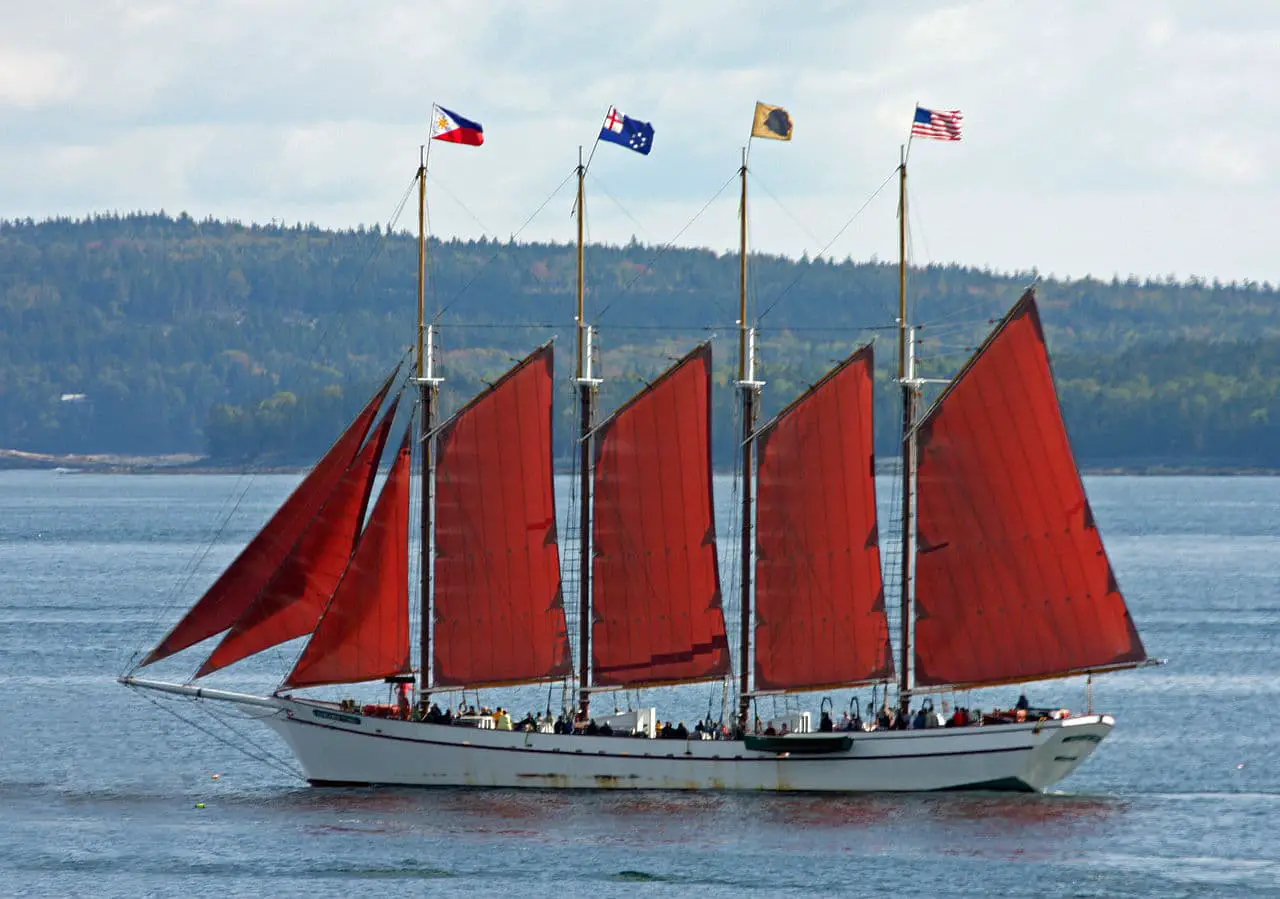
The Dutch Schooner Edewijk was commissioned in August of 1908 by the Middle Atlantic Mining Consortium or “M.A.M.C.†to haul over $1 million of pure Brazilian gold from Rio de Janeiro to New York.
The heavily laden Edewijk made its way to the United States reaching the Florida Coast when the captain started hearing reports of massive storms that were increasing in size in the Atlantic Ocean. Not seeing any storms they started their way north up the coast when a huge hurricane started brewing.
When the Edewijk came close to Cape Hatteras on the North Carolina coast the hurricane was in full force. The captain determined to make it to their destination of New York sailed on until he reached the border of North Carolina and Virginia the Edewijk started to take on water.
With water coming in the captain decided to take shelter from the storm at Norfolk and radioed ahead that he was coming in. About fifteen minutes later he radioed back saying that the Edewijk was sinking and that they need help. After that radio transmissions stopped.
M.A.M.C. Decides Not To Salvage The Gold
After some discussion, the M.A.M.C. decided against salvaging the gold from the sunken Edewijk because they would get the money from the insurance claim and they were making a fortune in gold from Brazil that they didn’t need what was aboard the Edewijk.
To this day the gold has never been recovered from the Edewijk and is still lying at the bottom of the ocean somewhere between Norfolk Virginia and Cape Hatteras North Carolina.
The Edewijk is just one of the many ships that have sunk off the coast of Virginia. There are many more just waiting to be discovered and salvaged with possibly billions of dollars worth of treasure just lying on the bottom of the Atlantic.
Digging Deeper: Lost Treasures of North Carolina
Lost Treasures on Assateague Island
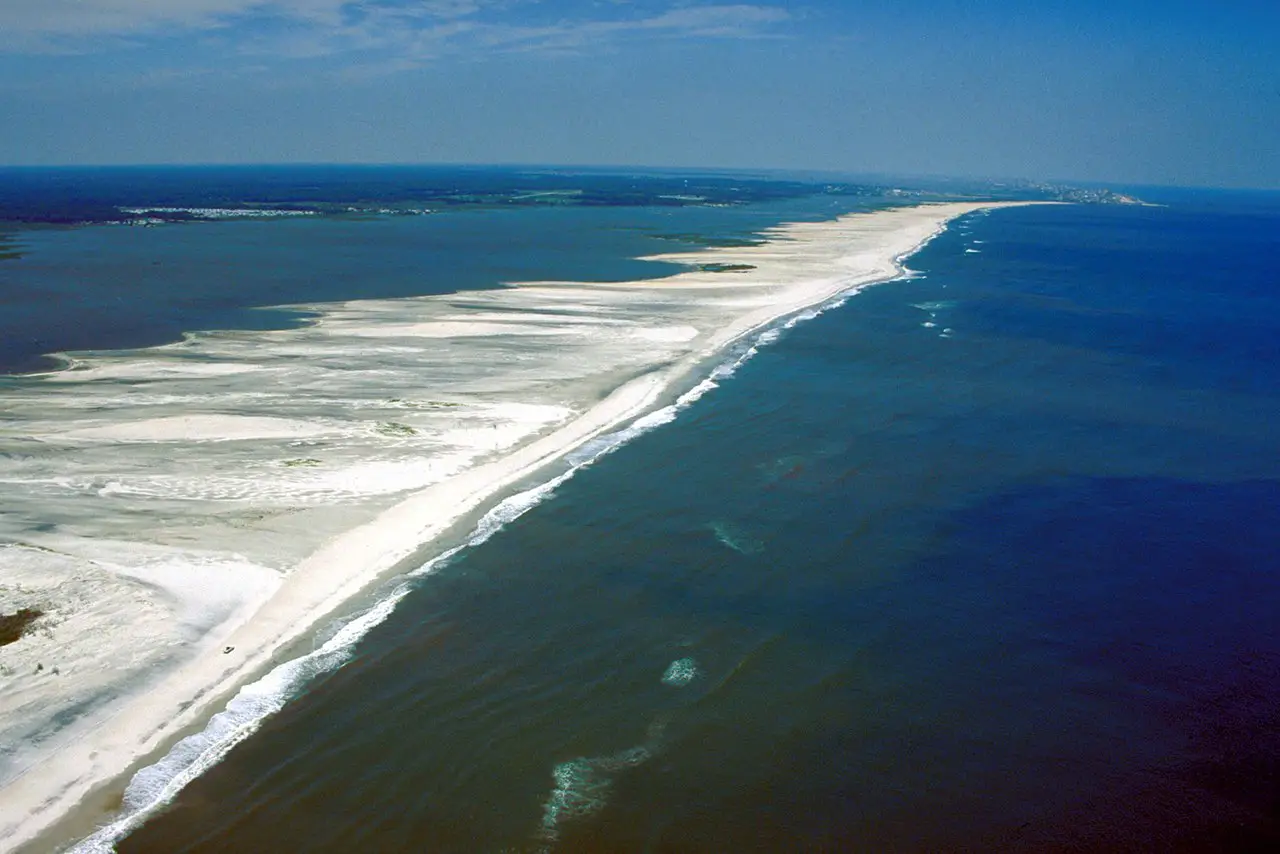
Assateague Island is a barrier island that lies partly in Maryland and partly in Virginia. Over the centuries there have been accounts of numerous lost and or buried treasures on this island. Assateague Island also is home to a breed of small horses called Assateague Stallions that came to the island after a Spanish ship that was carrying them wrecked near the shore there in the 1700s.
This island is now called the Assateague Island National Seashore and is protected so you will want to get permission before doing any treasure hunting on this island.
In the following paragraphs, I will introduce you to two treasures that are presumed buried or lost on this 37-mile long island.
Lost California Gold on Assateague Island
The year was 1852 and a ship hauling gold nuggets and ingots that came from the California gold fields wrecked from a huge storm off the Virginia shore. The ship was coming apart at the seams when the captain tried in vain to steer the ship into Assateague Bay. The ship got stuck in a shallow spot and was further battered by the storm sending its cargo of gold ashore.
Some of the gold was salvaged but most of it remains buried in the sand of the shallow water that the shipwrecked in. This would be a great island to do some underwater metal detecting if you get permission. You just might get lucky and find some priceless gold from the early days of the California gold rush. What a find that would be and with the price of gold these days and because of the story behind it you could become very rich indeed.
Pirate Charles Wilson’s Buried Treasure Chests
Charles Wilson started out as a captain of merchant ships that sailed up and down the Atlantic coast. It is said that he did rather well financially doing this but he soon realized he could make even more riches being a pirate and raiding other merchant ships on the east coast. Why would a man who was already making a good living doing something the ethical way want to turn to piracy? I would have to call that just plain greed!
Wilson started out on his pirate missions in the 1740s and he quickly became a millionaire with his booty of silver and gold coins and gold ingots and gold nuggets. It is said that he ended up with ten iron treasure chests full of 200,000 pounds sterling of diamonds, gold and silver bars, gold and silver coins, and jewels.
The Letter
He supposedly wrote a letter to his brother George who lived in Charleston South Carolina when he got captured by the British in 1750 explaining the whereabouts of this treasure and the amount it contained which read:
“There are three creeks lying 100 paces or more north of the second inlet about Chincoteague Island, which is at the southward end of the peninsula. At the head of the third creek to the northward is a bluff facing the Atlantic Ocean with three cedar trees growing on it, each about 1 and 1/3 yards apart. Between the trees, I buried ten ironbound chests, bars of silver, gold, diamonds, and jewels to the sum of 200,000 pounds sterlingâ€.
The letter never reached Charles’s brother but was intercepted by the British who filed it away and was happened upon in 1948 by a secretary.
Some believe that the information in that letter points to it being on Assateague Island. Unfortunately, the island has changed quite a bit over the centuries with storms and hurricanes that exact location where the treasure might look nothing like it did over 250 years ago.
There are others that believe it was all just a hoax that came about when they were trying to sell sections of the island around the time that the letter supposedly surfaced. So who knows there could be 10 treasure chests filled with treasure somewhere on Assateague Island or it might have washed out to sea by now!
Charles Wilson’s Fate
Charles Wilson was eventually sent to England to stand trial and was convicted of piracy and murder and was hanged.
Conclusion – Lost Treasures of Virginia
That concludes are eleven lost treasure stories for Virginia. Virginia is a beautiful state with more history than most states of the Union. Hopefully one day you can visit this state and maybe if you do a little digging around you just might find one of these lost treasures. Make sure you get permission before treasure hunting on any private property or state or national parks.
If you have any questions or comments about treasure hunting in Virginia or elsewhere feel free to leave them below. Until next time Happy Treasure Hunting!
